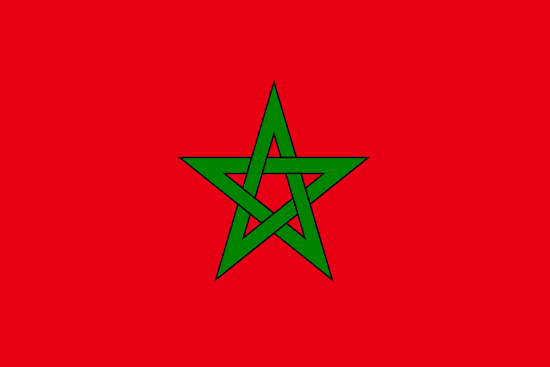"مكناس، عاصمة الاسطبلات والمخازن | Meknes, the capital of stables and granaries"
About:
Meknes, Morocco, founded in the 11th century by the Almoravids, became a prominent city under Sultan Moulay Ismail in the 17th century, who made it his capital. Known for its blend of Islamic and European architectural styles, Meknes was designated a UNESCO World Heritage Site in 1996. Today, it remains a significant economic center, with agriculture and tourism driving its economy.
When to visit:
Meknes, a city located in northern Morocco, experiences a Mediterranean climate with hot summers and mild winters. The ideal time to visit Meknes for a holiday would be during the spring months of March to May or the fall months of September to November, when the weather is pleasant and temperatures are moderate. During these periods, you can enjoy exploring the city's historical sites, such as the UNESCO-listed Meknes Medina and the impressive Bab Mansour gate, without the extreme heat of summer or the occasional chill of winter. Additionally, visiting during these shoulder seasons allows you to avoid the peak tourist crowds and enjoy a more relaxed experience in this enchanting Moroccan city.
When to avoid:
Meknes, located in northern Morocco, experiences scorching heat during the summer months of June to August, making it the least favorable time to visit for holiday travelers. Daytime temperatures can soar well above 100°F (38°C), creating discomfort for tourists exploring the city's attractions. Additionally, the high temperatures can limit outdoor activities and sightseeing opportunities. Travelers seeking a more pleasant experience are advised to visit Meknes during the cooler months of spring or fall when the weather is milder and more suitable for exploring this historic city.
"Winter Season (Dec-Feb)"
In Meknes, Morocco, the wettest period is from November to January. The average temperature ranges from 8°C to 17°C. Rainfall peaks in December, with about 80mm of precipitation. Sunlight is limited, with an average of 5 hours daily. Cloud cover is substantial, resulting in gray and overcast skies most of the time. An average day for a visitor during this season would involve chilly mornings and evenings, occasional rainfall, and limited sunlight. Nevertheless, the city's charm remains undiminished, with fewer tourists and a more authentic local experience.
Summer (June-August)
In Meknes, Morocco, the warmest part of the year is from June to September, with July and August being the peak summer months. During this period, the average high temperatures range from 28°C (82°F) to 36°C (97°F), while the average low temperatures range from 16°C (61°F) to 20°C (68°F).
Rainfall is minimal during these months, with July being the driest month of the year. You can expect less than 10mm of rainfall in total over the summer, making it an excellent time for outdoor activities.
Sunlight is plentiful, with an average of 10 to 11 hours of daylight per day. The sun rises around 6:00 AM and sets around 8:30 PM, giving you plenty of time to explore the city.
Humidity levels are relatively low, typically around 40-50%, making the heat more bearable than in more humid climates.
Cloudiness is also minimal during these months, with clear or mostly clear conditions for about 70% of the time.
A typical day for a visitor during the warmest part of the year in Meknes would involve enjoying the warm, sunny weather with a light breeze. Despite the high temperatures, the low humidity levels make it feel less oppressive. However, it's advisable to stay hydrated and wear sun protection, especially during the afternoon when the sun is at its peak. The evenings are cooler and pleasant, perfect for enjoying the local cuisine in outdoor cafes or exploring the city's vibrant nightlife.
Language:
In Meknes, a city in Morocco, the most commonly spoken languages are Moroccan Arabic and Berber. Moroccan Arabic, also known as Darija, is the native language and is used in daily life. Berber, the language of the indigenous Amazigh people, is also widely spoken. Additionally, French is used in governmental institutions, media, and education, reflecting Morocco's colonial history.




